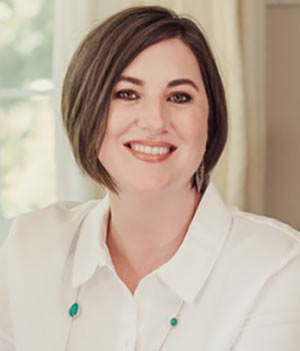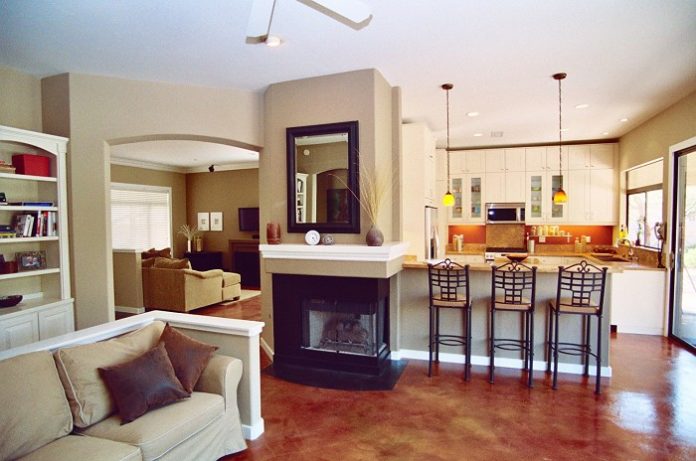
Home staging is more than just depersonalizing and decluttering. Home staging makes it easier for potential buyers to visualize the property as their next home by creating emotional connection points throughout the home.
So, why is home staging so important?
House prices will continue to decline
The local housing market started to decline in the fall of 2019 and experts are predicting that it will continue declining in 2020. Even in a seller’s market, home staging has proven beneficial for selling homes quicker and for more money. But especially in a buyer’s market (which we are in currently), home staging provides an advantage to the homeowners by providing more foot traffic from the very beginning. More showings creates competition among the buyers, which leads to less days on the market and sometimes a higher dollar value for the home.
You have one chance to make a good first impression
According to an NAR (National Association of Realtors) profile on buyers, more than 95% of buyers look for homes online first and only 10% can visualize the potential of a home. Potential buyers form an opinion of a home within minutes of arriving and will look for evidence to support this opinion throughout the house. When homes are professionally staged, they leave a positive impression both online and in person.
You can make more money
Less days on the market means more money in your pocket. An NAP Survey found that the longer a home stays on the market, the further below list price it drops. However, staged homes typically sell within the first four weeks, at an average of 1% above asking price.
The cost of home staging is low
The average list price of a home in Clark County is approximately $350,000. The longer a home has been on the market, the less likely it will sell for asking price. With the average price reduction at a minimum of 3%, that would be a loss of $10,500. Whereas the investment to professionally stage an occupied home is typically between 0.01 and 0.02% ($350-$700). With the ROI (Return on Investment) an average of 1%, that’s a profit of $2,800-$3,150.
Occupied home staging typically repurposes furnishings you already own. The cost of staging a vacant home (which is equally, if not more so important) usually starts at $2,500 per month, depending on the square footage.
Buyers are more willing to overlook flaws
Consumers are becoming more and more savvy these days. And, unfortunately, some homes have flaws that are difficult or impossible to change. These are things like lack of storage, closed floor plans, outdated finishes, etc. While home staging doesn’t coverup negative aspects, it accentuates the positive and potential, so buyers are willing to overlook these things.
It is becoming the industry standard
Professional home staging officially started in the 1970s. Because of the undeniable role it plays in the success of selling homes quickly and for more money, more and more realtors are recommending it to all their clients. Homes that are not professionally staged will only aid in helping their competition.
Why should you hire a professional home stager?
Professional home stagers are experts in their field
While Realtors are experts at marketing and selling homes, most are not experienced in the nuances of home staging. Because, as I stated in the beginning, staging is not just about decluttering and depersonalizing. When Realtors consult with professional home stagers, sellers are more apt to listen and apply their suggestions, than if they had come from the Realtor.
Sellers can’t be objective
Homeowners are attached to their property and personal style. They have a hard time looking at their home from an outside perspective. Professional home stagers know exactly who the target demographic is, and how to market accordingly and effectively.
Emily Austin is the owner of Three-Sixty Interiors in Vancouver. She specializes in staging homes to sell, and helping homeowners perfectly arrange their new homes for comfort and livability. She started her business in 2017, but has had a passion for designing and decorating homes since she was a child. She can be reached at Emily@threesixtyinteriors.com.


